Growth Countries

What role do international aid and foreign investments play in the economic growth of low-income countries ?
The text discusses the crucial role of international aid and foreign investments in promoting economic growth in low-income countries. It highlights how these two factors contribute to development by providing financial resources, technical expertise, and market access. The text also emphasizes the need for effective and transparent use of these resources to maximize their impact on sustainable economic growth.
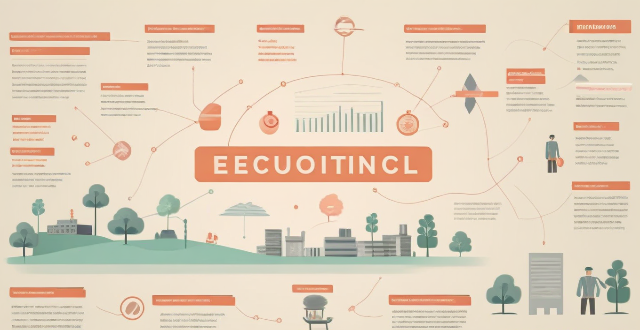
How does climate cooperation impact global economic growth ?
Climate cooperation has a positive impact on global economic growth by fostering new industries, promoting international trade and investment, stimulating innovation and research, enhancing resilience against climate impacts, and encouraging policy coherence and stability.
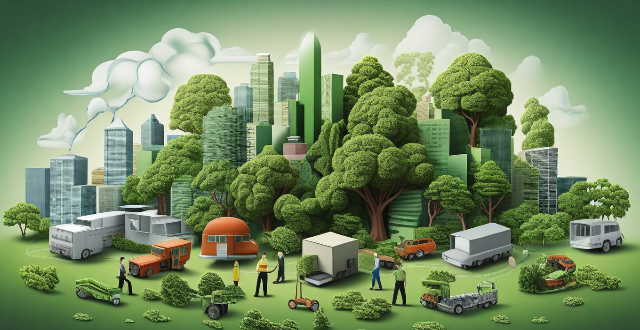
How do climate commitments impact economic growth and development ?
The impact of climate commitments on economic growth and development is multifaceted, with both positive and negative aspects. On the positive side, these commitments stimulate innovation in renewable energy sources and energy efficiency, create new markets for green products and services, improve public health by reducing air pollution, and enhance international cooperation. On the negative side, there are transition costs associated with shifting from fossil fuels to renewable energy sources, potential job displacement in traditional industries, trade-offs between environmental protection and economic growth, and unequal distribution of benefits and costs. Despite these challenges, prioritizing sustainability can lead to long-term economic growth while protecting the environment for future generations.

How do countries measure their progress towards achieving climate goals ?
Countries measure their progress towards achieving climate goals through various indicators and metrics. These include Nationally Determined Contributions (NDCs), greenhouse gas inventories, renewable energy production, carbon intensity, forest cover and land use changes, climate finance flows, policy implementation, and public awareness and participation. By tracking these factors, countries can assess their performance in reducing emissions, adapting to climate impacts, and supporting global efforts to combat climate change.

How do global economic trends affect personal wealth growth strategies ?
Global economic trends significantly influence personal wealth growth strategies by affecting factors such as interest rates, inflation, economic growth, global trade, and political stability. Understanding these trends helps individuals make informed decisions about investments and financial planning.
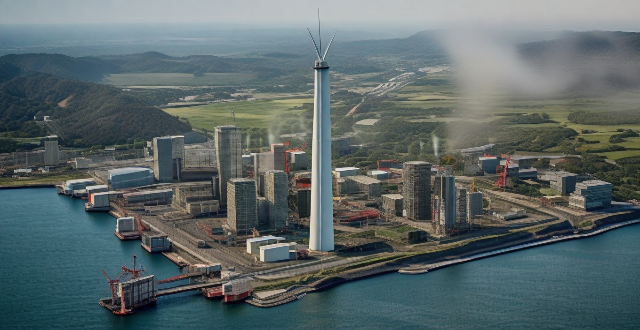
What countries are leading in wind energy production ?
The leading countries in wind energy production are China, the United States, Germany, India, and Spain. China has the largest installed capacity with 282 GW as of 2021, followed by the US with 119 GW, Germany with 60 GW, India with 38 GW, and Spain with 26 GW. These countries have seen rapid growth and innovation in their wind energy sectors, with key regions and states contributing significantly to their overall output. Their efforts demonstrate a commitment to reducing carbon emissions and transitioning towards sustainable energy sources.

What role do developing countries play in climate governance ?
The article discusses the crucial role of developing countries in climate governance, highlighting their vulnerability to climate change, growing greenhouse gas emissions, active participation in international negotiations, innovation and technology transfer, financing and investment needs, and capacity building requirements. It emphasizes that developing countries are essential for achieving a successful outcome in the global fight against climate change.

Can economic growth be compatible with sustainable development ?
Economic growth and sustainable development can coexist through strategies such as promoting green economies, inclusive growth, regulation and policy, technological innovation, and international collaboration.

How are countries working together to combat climate change ?
The text discusses the various international initiatives and agreements aimed at combating climate change, emphasizing the importance of global collaboration in addressing this complex issue. Key points include: 1. **International Agreements** such as the UNFCCC, Kyoto Protocol, and Paris Agreement set the framework for countries to commit to reducing greenhouse gas emissions and limiting global warming. 2. **Multilateral Cooperation** platforms like the Global Green Growth Forum and Clean Energy Ministerial focus on sharing knowledge and promoting sustainable practices. 3. **Financial and Technical Support** mechanisms, including the Green Climate Fund and Adaptation Fund, provide resources for developing countries to tackle climate change effectively. 4. **Research and Development** organizations, including the IEA and IPCC, offer scientific assessments and energy strategies to guide policy decisions. 5. **Education and Public Awareness** programs aim to integrate climate change education into global curricula and raise public awareness about its implications. 6. **Mitigation and Adaptation Strategies**, such as Nationally Appropriate Mitigation Actions (NAMAs) and Integrated Coastal Zone Management (ICZM), help countries adapt to and reduce the impacts of climate change. These efforts underscore the collective action required from nations worldwide to mitigate and adapt to the challenges posed by climate change, ultimately working toward a more sustainable future.

How do developing countries benefit from the Clean Development Mechanism (CDM) ?
How Developing Countries Benefit from the Clean Development Mechanism (CDM) The Clean Development Mechanism (CDM) of the Kyoto Protocol brings numerous benefits to developing countries, including technology transfer, sustainable development, and environmental advantages. It also enhances their capacity building, global engagement, and influences policy-making towards sustainability. Overall, the CDM aids in reducing emissions while fostering economic growth and environmental conservation.

How can countries balance economic growth with climate action and sustainability goals ?
Achieving a balance between economic growth, climateAchieving a balance between economic growth, climate a complex challenge that requires a climate action, and sustainability is a complex challenge that requires a multi-faceted approach. Here are some strategies that countries can adopt to achieve this balance: 1. Prioritizing Renewable Energy Sources: Investing in renewable energy sources such as solar, wind, and hydroelectric power can help reduce greenhouse gas emissions while stimulating economic growth through job creation and technological innovation. Promoting energy efficiency by implementing policies that encourage the use of energy-saving technologies and practices can also help reduce emissions and lower energy costs for businesses and consumers. 2. Encouraging Green Innovation and Technology: Providing incentives for green innovation such as tax credits or subsidies can encourage businesses to develop and adopt sustainable technologies. Investing in research and development of new technologies that can help reduce emissions and promote sustainability can also create new industries and jobs. 3. Implementing Sustainable Agriculture Practices: Promoting sustainable agriculture practices such as crop rotation, organic farming, and reducing food waste can help reduce emissions from agriculture while ensuring food security. Supporting small-scale farmers through access to finance, training, and market opportunities can also help promote sustainable agriculture practices. 4. Promoting Sustainable Transportation Options: Investing in public transportation systems such as buses, trains, and subways can reduce reliance on private vehicles and decrease transportation-related emissions. Encouraging the use of electric vehicles by providing incentives such as tax credits or subsidies can also help reduce emissions from transportation. 5. Strengthening Environmental Regulations and Policies: Implementing stricter environmental regulations on industries that are major contributors to greenhouse gas emissions can help reduce their impact on the environment. Developing comprehensive climate action plans that include targets for reducing emissions and increasing renewable energy usage can provide a clear roadmap for achieving sustainability goals. 6. Collaborating Internationally on Climate Action: Participating in international agreements such as the Paris Agreement can help countries work together to address climate change and share best practices for achieving sustainability goals. Providing financial support to developing countries for climate adaptation and mitigation efforts can also help ensure a global approach to climate action. By adopting these strategies, countries can work towards achieving a balance between economic growth, climate action, and sustainability goals. It will require a concerted effort from governments, businesses, and individuals to make lasting changes that benefit both current and future generations.
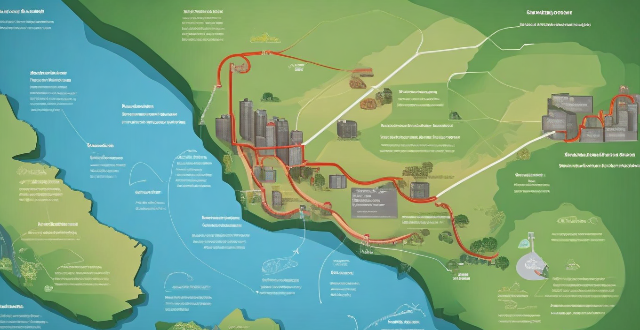
How do developed and developing countries differ in their stance on climate change negotiations ?
The article discusses the differences in stance on climate change negotiations between developed and developing countries. Developed countries view climate change as an urgent issue that requires immediate action and are willing to take steps to reduce their carbon footprint, including investing in renewable energy sources and sustainable practices. They also acknowledge their historical responsibility for contributing to greenhouse gas emissions and are financially capable of investing in climate change initiatives. On the other hand, developing countries prioritize economic growth and development over immediate climate action and emphasize the importance of fairness and equity in negotiations. They focus on adapting to the impacts of climate change and building resilience against its effects, seeking financial support from developed nations to help them transition to low-carbon economies and implement adaptation measures. The article concludes that finding common ground between these differing perspectives will be crucial for effective global cooperation in addressing climate change challenges.

What are the challenges faced by developing countries in emission reduction ?
Developing countries face numerous challenges in reducing their greenhouse gas emissions, including lack of financial resources, technological constraints, socio-economic factors, policy and regulatory challenges, cultural and educational barriers, and natural resource availability. These challenges highlight the complex nature of emission reduction efforts in developing countries and underscore the need for international cooperation, financial assistance, and technology transfer to support their transition to a low-carbon future.

Is wind energy a viable option for developing countries ?
Is wind energy a viable option for developing countries? Yes, wind energy offers numerous benefits such as cost-effectiveness, sustainability, job creation, and improved energy security. However, several challenges must be addressed including infrastructure needs, financing barriers, policy development, and environmental considerations. With careful planning and strategic investments, wind energy can indeed be a viable option for developing countries looking to build a sustainable future.
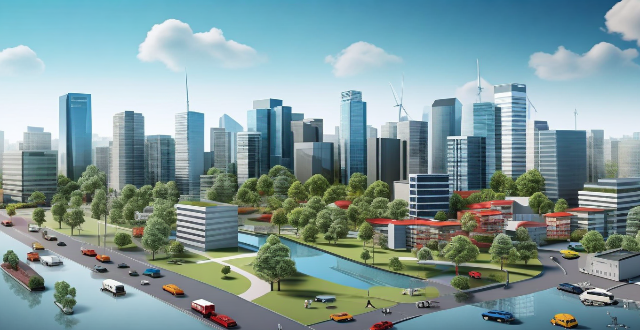
How can developing countries benefit from implementing renewable energy solutions ?
Renewable energy solutions offer significant benefits for developing countries, including reduced energy costs, job creation, improved health and environmental quality, increased energy security, and climate change mitigation. By investing in renewable energy infrastructure, these countries can build more sustainable and prosperous futures for themselves and their citizens.
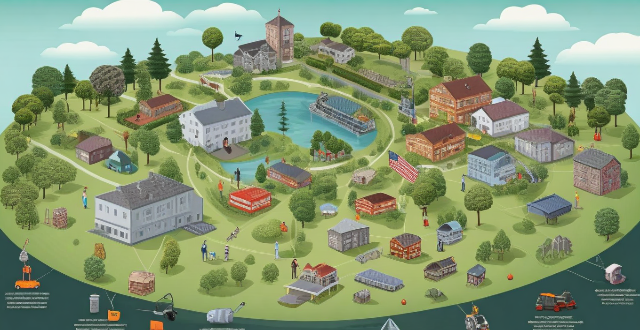
Is cryptocurrency legal in all countries ?
The legality of cryptocurrency varies across countries, withThe legality of cryptocurrency varies across countries, with it and others banning or The United States, Japan, and El Salvador are examples of countries where cryptocurrency is legal and regulated. In contrast, Algeria, Egypt, and Nepal have outright banned it due to concerns over financial stability and potential misuse in illegal activities. China, India, and Russia have imposed restrictions on its use but have not completely prohibited it. It is crucial to understand local laws and regulations before engaging in any cryptocurrency-related activities.

How do environmental subsidy policies impact economic growth ?
The text discusses the impact of environmental subsidy policies on economic growth, highlighting both positive and negative effects. Positive impacts include stimulating innovation and technology development, enhancing energy efficiency, creating job opportunities, and improving public health. Negative impacts encompass distorting market incentives, increasing government expenditures, potential for carbon lock-in, and global trade implications. It concludes that while environmental subsidies have the potential to foster economic growth, they must be carefully designed to avoid adverse effects and contribute positively to sustainable economic development.

What is the relationship between energy prices and economic growth ?
The interplay between energy prices and economic growth is multifaceted, with each influencing the other in various ways. High energy prices can impede economic expansion by escalating production costs, diminishing consumer purchasing power, and fostering inflation. They might also spur investment in alternative energies and drive resource reallocation towards efficiency, counterbalancing some of their immediate negative impacts. Conversely, robust economic growth often amplifies energy demand, propelling prices upwards unless compensated by enhanced supply or technological advancements that boost efficiency. This intricate relationship underscores the importance of strategic policy interventions to manage energy pricing dynamics for sustainable economic development.

How does environmental legislation differ across countries ?
Environmental legislation varies across countries due to differences in economic development, political systems, cultural values, and environmental priorities. The legal framework for environmental protection ranges from comprehensive laws covering various issues to piecemeal legislation addressing specific problems. Enforcement mechanisms also differ, with some countries having strong regulatory bodies and others lacking institutional capacity or political will. Penalties and sanctions for non-compliance vary widely, as do opportunities for public participation in decision-making processes. International cooperation is crucial but varies in commitment and action among countries. Overall, these differences highlight the need for greater coordination and cooperation to address global environmental challenges effectively.

Can developing countries meet the same climate commitments as developed ones ?
Climate change is a global challenge that requires collective action from all countries, regardless of their level of development. However, the question arises: can developing countries meet the same climate commitments as developed ones? This article discusses the differences in economic and technological capabilities, international support and collaboration, and national priorities and policy choices between developed and developing countries. While there are significant differences between the two groups of countries in terms of their ability to meet stringent climate commitments, international support and collaboration can help bridge these gaps. Additionally, national priorities and policy choices play a crucial role in determining whether developing countries can successfully implement climate actions while balancing other developmental goals.
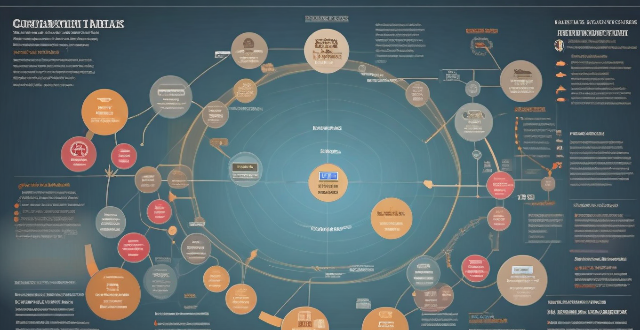
How do regulations affect the growth of the commercial space industry ?
Regulations significantly influence the growth of the commercial space industry by providing a framework for innovation, ensuring safety and security, promoting competition, addressing environmental concerns, and adapting to rapid changes. Effective regulations can facilitate industry growth by reducing uncertainty and lowering barriers to entry, while also protecting public interest through strict safety standards and sustainable practices.
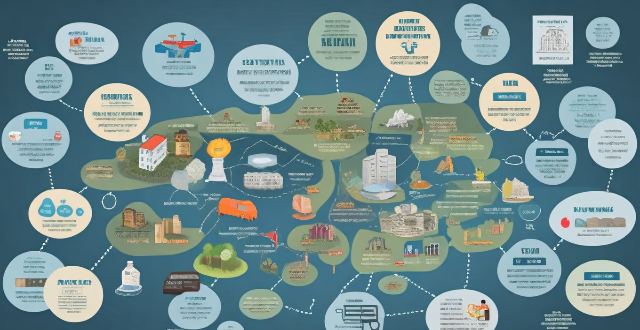
How do climate policies vary between developed and developing countries ?
This article compares the climate policies of developed and developing countries, highlighting differences in economic resources, technological capabilities, and political priorities. Developed countries have larger economies and more financial resources to invest in climate change initiatives, while developing countries face challenges due to limited financial resources. Technological capabilities also differ significantly, with developed countries possessing advanced technologies for renewable energy and emission reduction strategies, while developing countries lack such infrastructure. Political priorities also vary, with developed countries often prioritizing climate action, while developing countries may prioritize other pressing issues. The article concludes that international cooperation and support mechanisms are crucial for bridging these gaps and fostering a global response to climate change that is both equitable and effective.

How do low-income countries tackle poverty and improve the living standards of their population ?
Tackling poverty in low-income countries requires a multifaceted approach that addresses various aspects of development. Some key strategies include investing in education, promoting economic growth through foreign investment and local industry development, addressing healthcare needs by providing access to primary care services and training healthcare workers, and empowering women and girls through education, gender equality initiatives, and support for women-led businesses. By adopting these approaches, low-income countries can work towards improving the living standards of their populations and breaking the cycle of poverty.

What is the ideal temperature for indoor plant growth ?
Indoor plants generally thrive in temperatures between 65°F to 75°F during the day and slightly cooler at night, along with proper humidity and air circulation. Maintaining these conditions helps promote healthy growth and flowering. Use a thermometer, avoid drafts, and adjust heating or cooling as needed to keep plants comfortable.

What challenges do countries face when trying to achieve climate cooperation ?
**Challenges in Achieving Climate Cooperation:** Countries face numerous challenges when trying to cooperate on climate issues due to diverse national interests, unequal responsibility and capacity, economic implications of climate policies, geopolitical tensions, scientific uncertainty and skepticism, and institutional barriers. These factors can lead to disagreements about who should bear the burden of reducing emissions and how much financial and technical support should be provided to less capable nations. By understanding these challenges, countries can work together to find solutions that balance national interests with the global imperative of combating climate change.
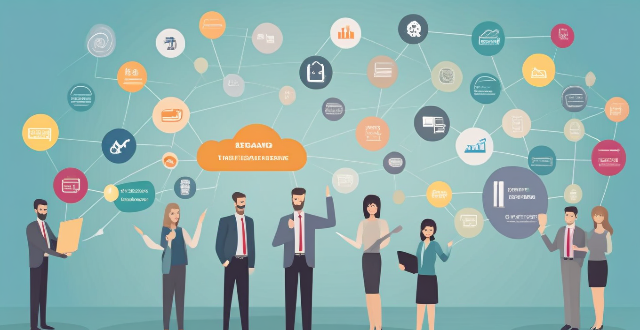
Does immigration policy contribute to brain drain in certain countries ?
Immigration policy can contribute to brain drain by offering attractive programs for skilled workers and students, providing better economic opportunities and living conditions, and catering to social and cultural factors. This results in a loss of talent for source countries but can also lead to brain circulation if individuals return with valuable skills.

What strategies can low-income countries adopt to attract more tourists and boost their tourism industry ?
Low-income countries face challenges in attracting tourists due to limited infrastructure and resources, but can boost their tourism industry by developing infrastructure, promoting local culture, offering affordable packages, focusing on sustainable tourism, partnering with agencies, and improving safety.

What are the key challenges in developing countries for adapting to climate change ?
Adapting to climate change is a complex and multifaceted challenge that affects all countries, but developing nations often face unique obstacles due to their limited resources, infrastructure, and capacity. Here are some of the key challenges they encounter: 1. **Economic Constraints**: Many developing countries lack the financial resources needed to implement large-scale adaptation measures. Economies heavily reliant on agriculture, fishing, or tourism are particularly vulnerable to climate impacts. The cost of technologies required for adaptation can be prohibitively expensive. 2. **Infrastructure & Technology**: Existing infrastructure may not be designed to withstand increased extreme weather events. There is often a lack of access to advanced technologies that could aid in adaptation efforts. 3. **Socio-Political Factors**: Unstable political environments can hinder long-term planning and investment in adaptation strategies. Marginalized communities often have less access to resources and information, making them more vulnerable to climate impacts. Climate change can cause mass migrations, straining social services and increasing tensions. 4. **Information & Education**: Reliable climate data is essential for adaptation planning, but many developing countries lack this data. Limited education about climate change can lead to a lack of understanding about its risks and the need for adaptation. 5. **Health Impacts**: Warmer temperatures can expand the range of disease vectors like mosquitoes, leading to increased health risks. Extreme weather events can disrupt healthcare services, making it difficult to treat climate-related health issues. 6. **Environmental Concerns**: Climate change accelerates the loss of biodiversity, which can have cascading effects on ecosystems and human well-being. Pressure to convert forests to agricultural land increases vulnerability to climate impacts and reduces carbon sinks. 7. **Conclusion**: Adapting to climate change requires a comprehensive approach that addresses these challenges head-on. It involves building resilience through economic diversification, strengthening infrastructure, enhancing governance and social systems, improving access to information and education, protecting public health, and conserving the environment. For developing countries, overcoming these challenges is not just about survival; it's about ensuring a sustainable future where growth and development can thrive amidst a changing climate.
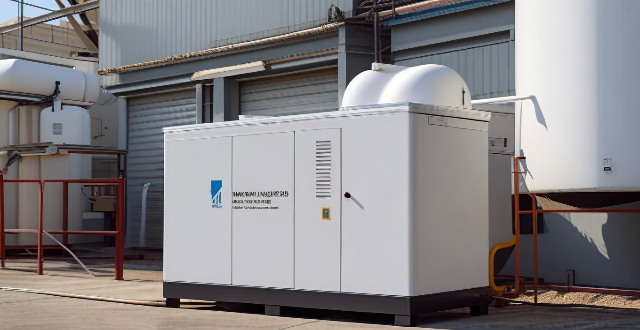
How do changes in immigration policy influence economic growth ?
Changes in immigration policy can have a significant impact on economic growth by increasing the labor force, promoting diversity, increasing consumer spending, reducing wage inflation, and increasing tax revenue.

What countries have successfully implemented a carbon tax ?
Countries that have successfully implemented a carbon tax include Canada, Sweden, Finland, Norway, Switzerland, and the UK. These countries have set different rates for their carbon taxes and have seen varying degrees of success in reducing greenhouse gas emissions. While there are challenges associated with implementing such a tax, these countries demonstrate that it can be an effective tool for achieving environmental goals.